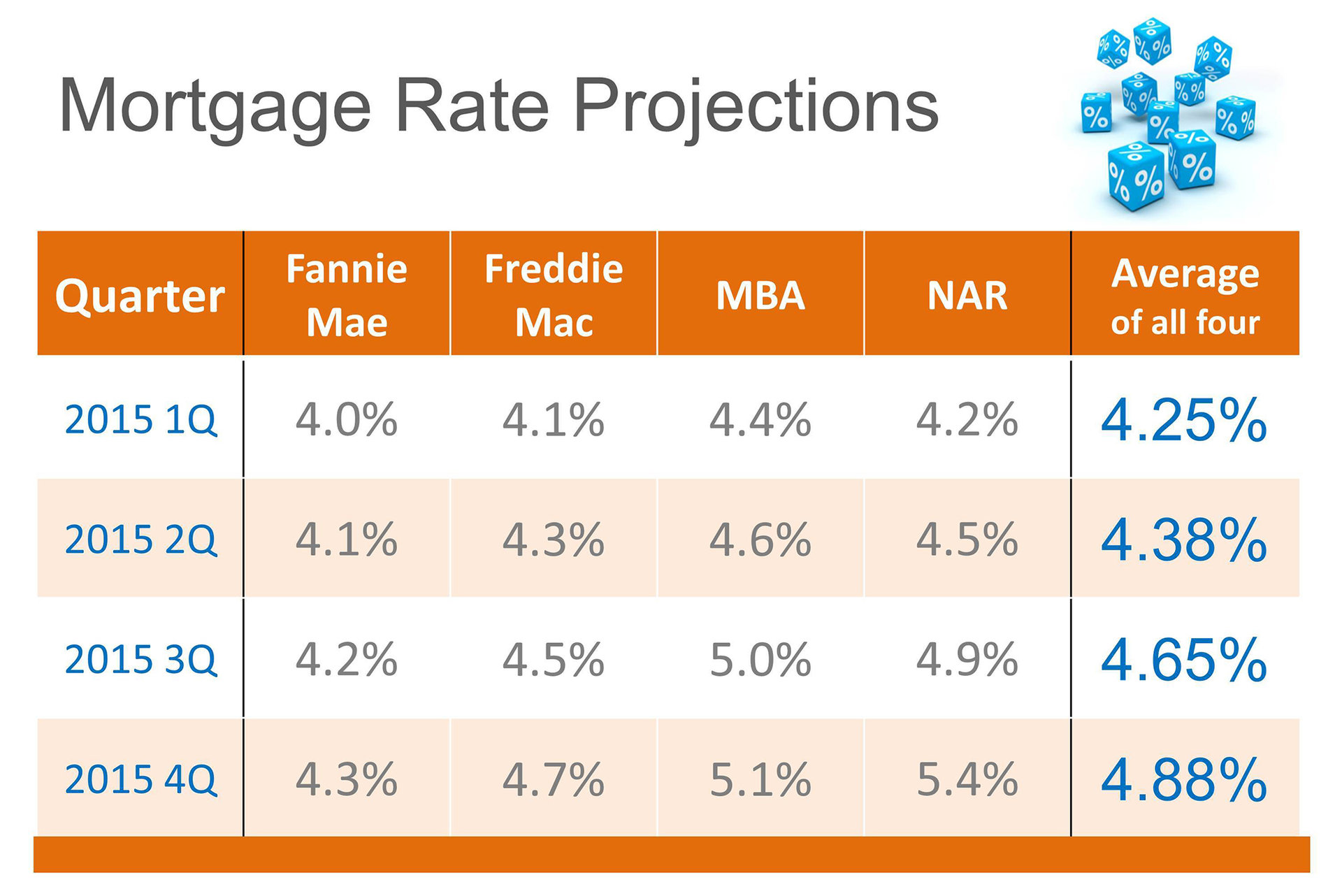Best mortgage rates low loan to value – In the realm of mortgage financing, securing the best mortgage rates is paramount. One crucial factor that can significantly influence these rates is maintaining a low loan-to-value (LTV) ratio. This comprehensive guide will delve into the concept of LTV, its impact on mortgage rates, and effective strategies for lowering it to unlock substantial savings.
Understanding the intricate relationship between LTV and mortgage rates is essential for every aspiring homeowner. By carefully navigating this terrain, you can optimize your mortgage financing and achieve your financial goals.
Mortgage Rate Fundamentals: Best Mortgage Rates Low Loan To Value
Mortgage rates are the interest rates charged on mortgage loans. They significantly impact the monthly payments a borrower is responsible for. Different types of mortgage rates exist, including fixed rates, adjustable rates, and hybrid rates. Each type has its own set of advantages and disadvantages.
| Mortgage Rate Type | Pros | Cons |
|---|---|---|
| Fixed Rate | Consistent monthly payments throughout the loan term. | Rates may be higher than adjustable rates. |
| Adjustable Rate | Potentially lower initial rates, but rates can fluctuate over time. | Monthly payments may increase if rates rise. |
| Hybrid Rate | Combination of fixed and adjustable rates, offering a balance of stability and potential savings. | May have higher rates than fixed rates and less flexibility than adjustable rates. |
Low Loan-to-Value Ratio
The loan-to-value (LTV) ratio is the percentage of the home’s value that is financed through the mortgage. A low LTV ratio indicates that the borrower has a substantial equity stake in the property. Lenders consider borrowers with low LTV ratios to be less risky, which can lead to lower interest rates.
For example, if a home is worth $200,000 and the borrower has a down payment of $50,000, the LTV ratio would be 75% ($150,000 loan amount / $200,000 home value). A lower LTV ratio, such as 60% ($120,000 loan amount / $200,000 home value), would generally qualify the borrower for a lower interest rate.
Factors Affecting Mortgage Rates

Mortgage rates are influenced by various factors, including:
- Economic Conditions:Economic indicators such as inflation, unemployment, and GDP growth can impact mortgage rates.
- Creditworthiness:Borrowers with higher credit scores and a strong financial history tend to qualify for lower interest rates.
- Loan Terms:The length of the loan term, the size of the down payment, and the type of mortgage rate can all affect the interest rate.
Finding the Best Mortgage Rates
To find the best mortgage rates, consider the following strategies:
- Compare Lenders:Obtain quotes from multiple lenders to compare interest rates, fees, and loan terms.
- Negotiate Terms:Don’t hesitate to negotiate the interest rate, closing costs, and other loan terms with the lender.
- Use Online Tools:Utilize online mortgage calculators and rate comparison tools to estimate rates and identify competitive offers.
Impact of Low LTV on Mortgage Rates
A low LTV ratio offers several benefits, including:
- Lower Interest Rates:Lenders view borrowers with low LTV ratios as less risky, leading to lower interest rates.
- Reduced Mortgage Insurance Premiums:For loans with LTV ratios below 80%, private mortgage insurance (PMI) may not be required, saving the borrower money on monthly payments.
For instance, a borrower with an LTV ratio of 60% could save thousands of dollars in interest and PMI premiums over the life of a 30-year loan, compared to a borrower with an LTV ratio of 80%.
Strategies for Lowering LTV Ratio
To lower the LTV ratio, consider the following strategies:
- Make Extra Payments:Applying additional funds towards the principal balance reduces the loan amount and lowers the LTV ratio.
- Refinance to a Lower Loan Amount:Refinancing to a mortgage with a lower loan amount can decrease the LTV ratio and potentially qualify for a lower interest rate.
For example, a borrower with an LTV ratio of 80% could refinance to a loan with a 75% LTV ratio, reducing the monthly mortgage payment and improving their overall financial position.
Conclusion
In conclusion, maintaining a low LTV ratio is a powerful tool for securing the most favorable mortgage rates and reducing the overall cost of your home loan. By implementing the strategies Artikeld in this guide, you can unlock significant savings and enjoy the peace of mind that comes with a financially secure mortgage.
Remember, the path to homeownership is a journey, and every step you take towards a lower LTV ratio brings you closer to your dream of owning a home with affordable and manageable monthly payments.
FAQ Compilation
What is a loan-to-value (LTV) ratio?
A loan-to-value (LTV) ratio is a measure of how much you borrow compared to the value of your home. It is expressed as a percentage, and lenders use it to assess the risk of lending you money.
How does a low LTV ratio affect mortgage rates?
A low LTV ratio indicates that you have a substantial down payment and less risk of default. As a result, lenders are more likely to offer you lower interest rates.
What are some strategies for lowering my LTV ratio?
To obtain the most favorable mortgage rates with a low loan-to-value ratio, it’s essential to explore various options. For instance, you may consider best mortgage rates arm . By doing so, you can secure a competitive interest rate and potentially save a significant amount on your monthly mortgage payments.
It’s recommended to consult with a reputable lender to determine the best mortgage solution for your specific financial situation.
There are several strategies for lowering your LTV ratio, including making extra payments on your mortgage, refinancing to a lower loan amount, or contributing a lump sum towards your down payment.